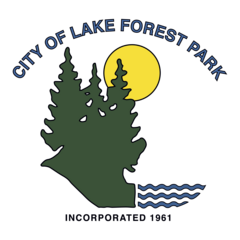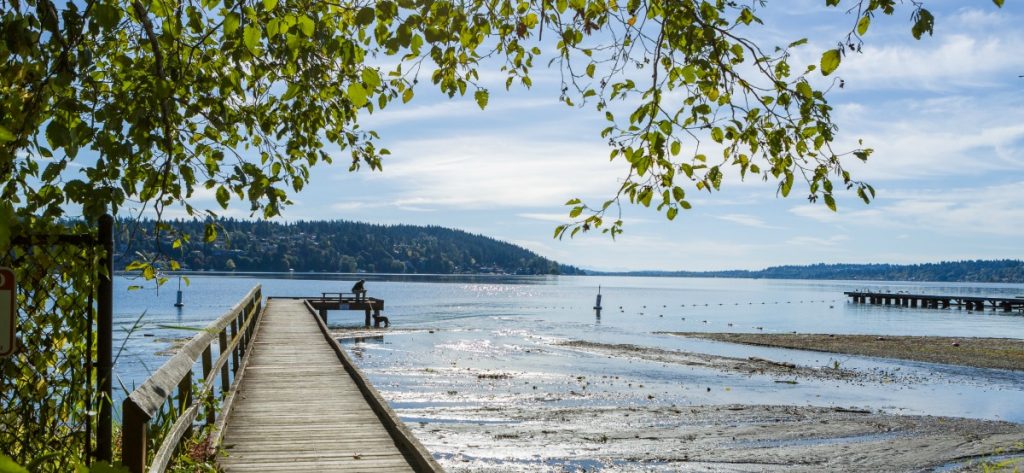Connie Jul 31 2025 at 11:49AM on page 4
link
A side by side comparison of the 2015 Comp Plan and the 2025 Comp Plan is needed; has anyone done that? I say that because there was an enormous amount of work done on the 2015 Comp Plan wrt climate and environmental issues. It was embedded in every section. Also it was vetted and corrected by the Planning Department (ie: with references that are particular to LFP).
Land Use:
LU-2.1/ LU-2.5
LU-3.1/ LU-3.2/ LU-3.3/ LU-3.5/ LU-3.6
Environmental Quality and Shorelines: if you don't have time I recommend just focusing on reading this section.
all of it, but note that EQ-1.6 specifically mentions LEED
Stormwater management (and stream management) is covered
Flood hazard mitigation is covered
EQ- 5 covers renewable energy
EQ-7and EQ-8: Wildlife cohabitation
EQ- 6.4 and 6.5 cover noise pollution (which I was particularly active in at the time)
Public Transportation:
PT-4 covers protection of wildlife and wild habitat in the face of urban development
Public Utilities
PU- 4.4/ 4.5/ 4.7/ 4.8 address recycling/ energy efficiency/ public education
There were a lot of contributors to the 2015 Comp Plan (Tree Board was super helpful); there was an economic committee and Andrea in the Planning Dept had just finished working on a storm management project for McAleer Creek, so she knew quite a bit. Everyone was very environmentally focused. I had expertise in LEED and infrastructure projects, and access to our urban planning department at ZGF (ZGF is an environmental design focused architectural firm).
This was 10 years ago. Richard Saunders was on the committee at that time and can also provide input.
I do not know what is in the new Comp Plan. Is it radically different from the 2015 Plan?
If it isn't, then I think this Climate Action appendix is redundent- and would create a lot of unnecessary work for the LFP Planning Commission and Planning Department.
If it is radically different, then I think a Climate Action appendix would definitely be needed.
My thoughts- I apologize if all of this has already been addressed- I'm coming in very late to the process. But just hate to see all of that hard work re-created. And the lack of reference to the previous Comp Plan kind of took me back.

 bubble to view comments.
bubble to view comments.

Comments
Close